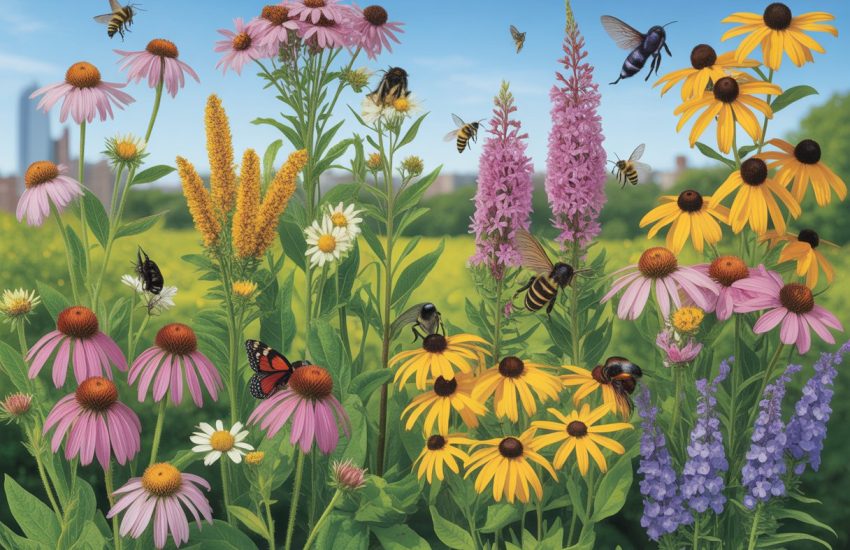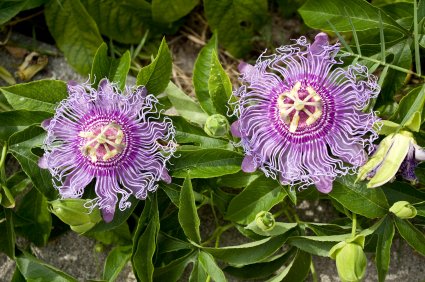How to Grow Saffron
The saffron flower, which has an essential and very valuable role in herbal medicine to the pharmaceutical industry, from perfumes to aromatic flavors, has been of great importance since its cultivation. This plant has a great amount of healing and beneficial aspects; at the same time, its cost is valuable.
We will talk about the cultivation of this flower, which has many cultivators, whether they are farmers or not as well as how to grow it and what to consider from this perspective.
Getting to Know Your Plant
Known as a bulbous cultivar plant, the saffron flower has a highly distinguishable appearance with its purple flowers and yellow interiors. It has a bitter taste and a unique, intense smell. Additionally, the plant obtained from it is also called saffron because it is produced with bulbous leaves.
As a plant that has made its name in many sectors, it is used in many treatments and diseases. Likewise, the homeland of saffron, which is the favorite of its growers with its high cost and is known as the most expensive spice in the world, is the land of Southwest Asia.
Is It Hard to Grow Saffron? And Why Is It Expensive?

Saffran is a simple plant to grow when suitable conditions and climates are provided. Plus, the most difficult issue for the gardener when growing this plant is patience because it can be called a somewhat delicate species. Although a well-care is provided, the amount of stigmas harvested from the plant at the end of a one-year growing period is quite low; because of this feature, it is a plant that is quite easy to grow and yet, a precious one.
The saffron flower, whose weight is equivalent to gold, is a very valuable plant in the market. The biggest reason for this can be understood from the minority of the product obtained after growing and drying it.
How Long Does It Take to Grow Saffron?
Depending on the soil in which they are grown, geographical location, and many other factors, this plant takes 1 month to bloom and 20 days to harvest. Considering the aforementioned low-produced stigma factor, the grower should spend at least one year growing it in suitable months. Again, the most important action at this stage will be patience.
Supposedly, the grower should not raise his expectations for the saffron harvest in the first year since it will not give the stigmas or the bulb plants in its first harvest. It starts to bloom an average of one or two months after bulb planting, and this is its first period. It will have grown much more efficiently and healthily in its second year.
How Many Flowers Make 1 Kilo of Saffron?
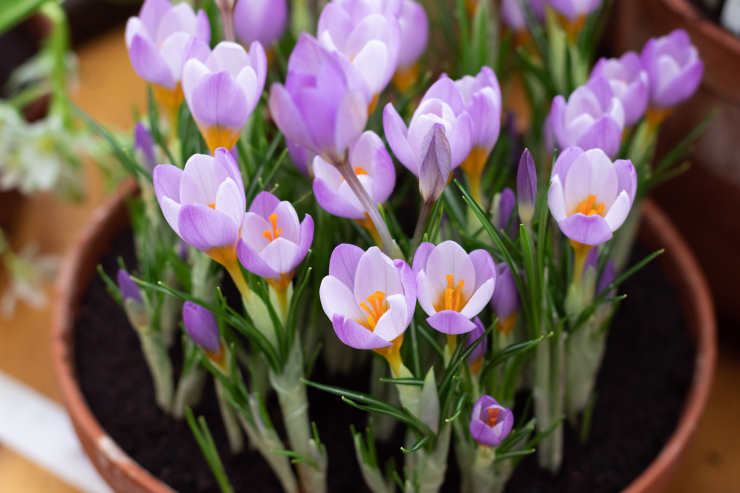
Based on the grade of the blossoms, between 70,000 and 200,000 must be spent to produce one kilogram of dried saffron since a dried stigma typically weighs between 0.3 to 1g. That is to say, only 12g of stigmas may be produced from a kilogram of flowers.
In other words, approximately 150,000 saffron flowers are needed to produce enough strands to form it. Considering that the number of flowers obtained from one harvest is roughly 0.006 grams, this figure is quite high. And that’s why it is a golden flower.
Reasons to Grow Saffron
In addition to its high-cost feature, the history of the evaluation of saffron, which has a wide framework in terms of usage areas, can be traced back to the early times of history. It is open to use in many areas, from paint making to plastering, healing digestive problems, and flavoring.
Although it is a profitable trade, you can use it in many areas. For example, thanks to its antioxidant richness, it prevents many diseases and protects cells against stress. In addition, it is a trendy plant in the pharmaceutical and perfumery industry. Considering these benefits, saffron cultivation is a significant priority action.
Can Saffron Be Grown at Home? If So, How?
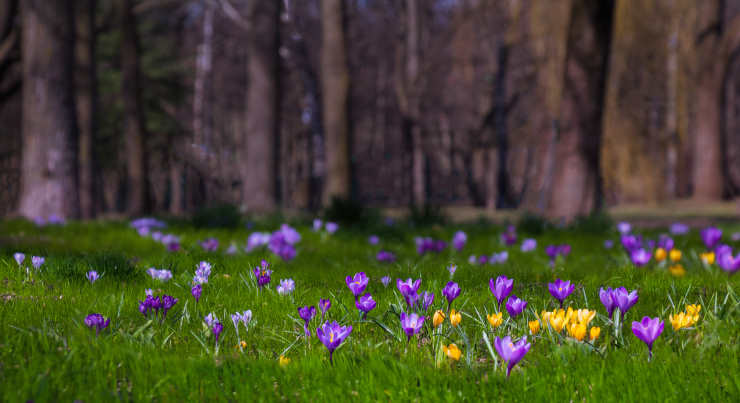
As mentioned earlier, saffron is a straightforward plant to grow and care for, so it can be grown at home. For its cultivation at home, a suitable soil in which the plant can settle and a suitable pot selection should be made. If the pot selection is made for small sizes, this will not produce a healthy result for the plant. After the saffron bulbs are planted in their pots, sap should be given.
To grow it at home, four basic ingredients must be available. These are, in order:
- Saffron scallion (obviously)
- A large pot
- Blended soil
- Spray bottle and water
As a key part, it has also been experienced that when growing at home, a milk crate is used instead of a pot, thus keeping the plant away from dangerous factors such as rodents. It also makes it much more useful when moving outdoors to indoors in winter. Eventually, this framework should also consider important factors such as irrigation, pruning, and climate change. Thus, the grower can easily grow it at home.
What to Consider While Growing Saffron?
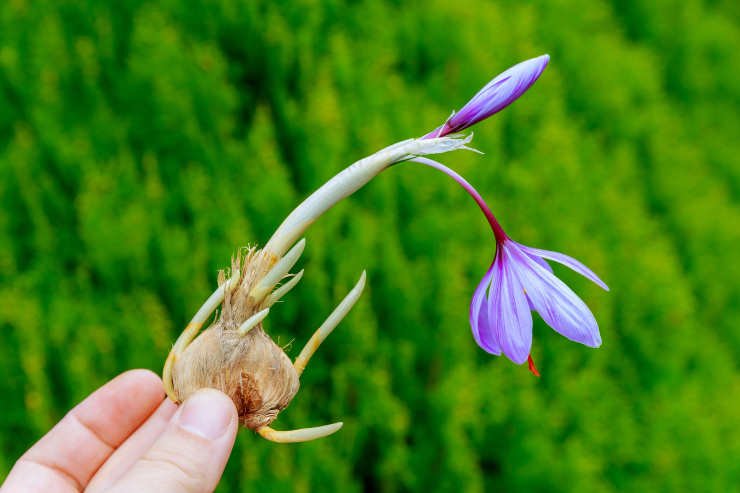
Like the cultivation of many other plant species, certain factors such as soil selection, fertilizer use, harvest time, irrigation, and pruning must be taken care of and considered in the cultivation of saffron.
1. When to Plant Saffron
The most important issue to consider is to start this plant’s cultivation at the appropriate time. The grower should create a cultivation plan at the time when it is most suitable and healthy for the plant and act in this context. Saffron is planted at the end of August and the first week of September and blooms after an average of one month. Thus, its harvest begins in the first week of November and continues for 20 to 40 days.
2. Climate
The saffron flower, which prefers temperate and continental climate adapted to the Mediterranean climate on the southern slopes protected from the wind, stops its growth in humid and cold weather. Therefore, ultimately, the blossoming period is disrupted due to excessive rain. In other words, at this stage, it prefers dry and sunny weather. Supportively, the climate selection of this plant, which is extremely sensitive to frost, should not be ignored by the breeders.
3. Soil and Fertilization
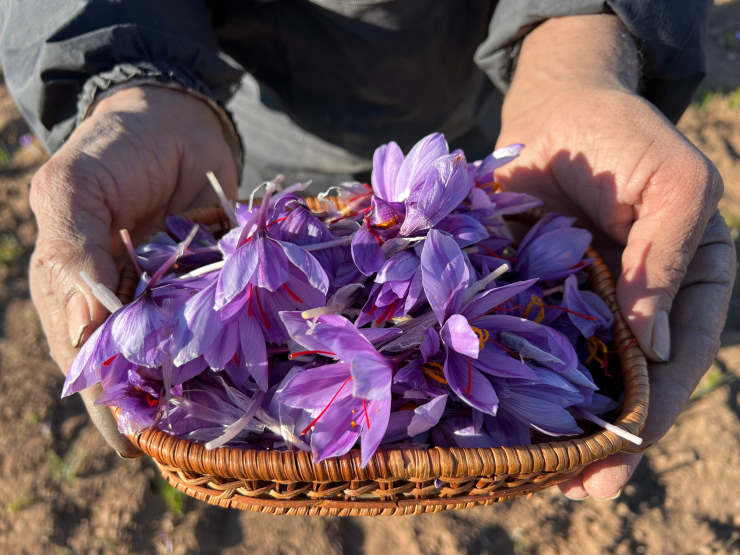
Along with these, the soil and fertilizer needs of the plant should be met for whichever is most appropriate. In this context, saffron prefers sandy, loose, stone-free, and well-drained soils, unlike soils with high groundwater. Besides, the grass grown on the soil surface must be cleaned to refresh and relax the soil.
As for fertilization, saffron can also benefit from this step in many ways and from many other plants. Therefore, it is necessary to provide adequate and appropriate support and reinforcement. As it prefers organic and natural ones, mineral-rich fertilizers allow the flower to give fruitful and healthy results.
4. Irrigation
The saffron plant, which stops growing in humid and rainy climatic conditions, cannot develop itself in a very dry environment. In other words, the need for water is shallow, if not at all. In this context, it needs to be kept sufficiently moist by the grower. If the irrigation day and time are determined regularly and planned, the more it adapts to the program.
In-home cultivation, the amount of water should be adjusted according to the size of the pot. After the first time planting it, the sap should be given, and the moisture content of the soil should be checked daily.
5. Light and Heat Source
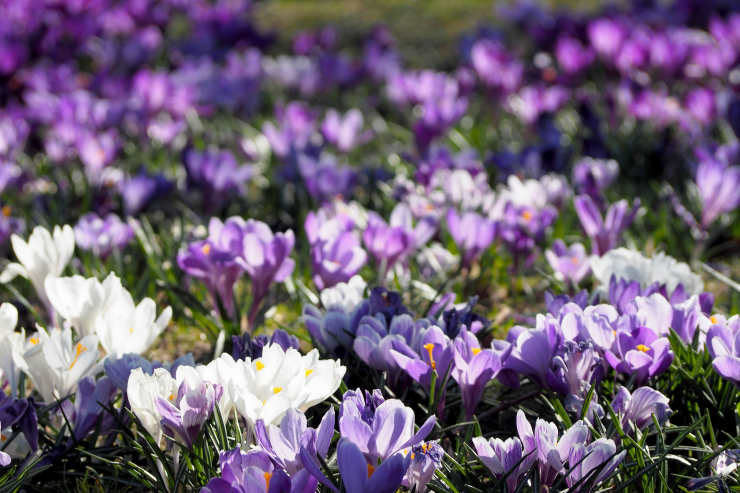
As stated above, the sun is the most important factor for saffron, which prefers the Mediterranean climate, especially during the growing and drying period. It does not like to be deprived of both the light and heat of the sun, which is the basis of every living thing and cannot develop itself in shaded lands.
When grown at home, it should be kept in a position where it can benefit from sunlight and heat sufficiently. In addition, if it is over-exposed to the sun, as anything in excess is harmful, it will lead to premature drying, resulting in an unhealthy and inefficient care process.
6. Pruning
Since it is a bulbous plant, as it was said at the beginning, when the pruning time comes, it should be done by removing the excess grass at the bottom without damaging the bulbs. If pruning is to be done with a hoe, care should be taken not to damage the plant, and care should be taken in this regard. In addition, if the root parts can breathe easily, these plants will grow much more comfortably and quickly.
How to Grow Saffron with Three Basic Steps
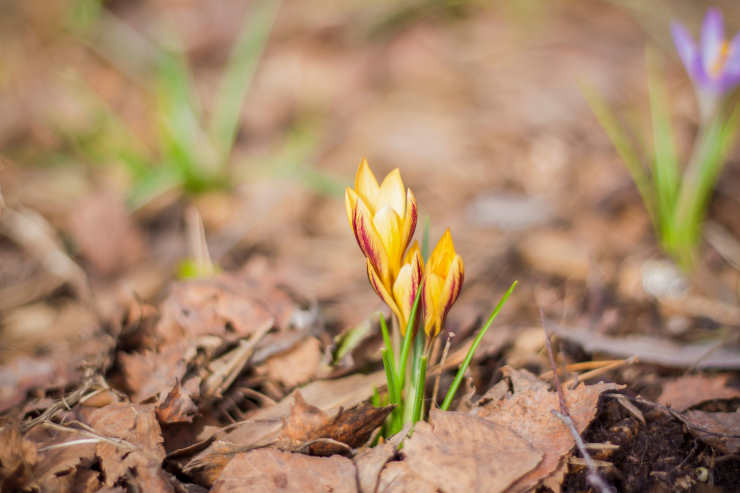
1. Purchasing the Saffron Crocus Bulbs
First and foremost, it is necessary to obtain the plant from a reliable sale, like all other plants, in a healthy way. At this point, the crocus bulbs root of the saffron flower planted should be provided. But it should not be forgotten that the bulbs of this plant are not suitable for long-term storage, so they should be planted immediately after they are obtained. As a result, the buyer and the grower should provide the onion by paying attention to the planting time.
2. Finding A Suitable Environment and Blending the Soil for Planting
For the plant to grow, the soil where the onion will grow should preferably be good after choosing a warm, wind-free spot with good sun. After choosing a good spot, for the planting process, it is necessary to make the preliminary preparation, that is, the soil blending.
The soil in which saffron will be planted should be thoroughly mixed and blended, whether in pots or open fields. Since the minerals are under the soil, they must be brought to the soil surface by turning them upside down before planting.
3. Planting, Caring, and Harvesting

Keeping in mind the information about the sensitive points of the plant described in the whole article, when suitable conditions are met, only the plant should be properly planted in the soil, and good care should be provided in this process that will be patiently awaited. The supplied bulbs should be planted in a suitable climate, approximately 20 cm deep in the soil and at least 15 cm apart from each other, without waiting too long. It is important not to compress the topsoil so its air channels are not completely closed.
While caring after planting, when watering at regular intervals, fertilizing once every season or once a year, and showing good care to the soil, the grower will achieve very good results in the future. It is also crucial to give the sap when it is covered with soil. As for the harvesting step, however, it is the most difficult part for the grower other than being patient since the plant is quite sensitive while picking it. So, to harvest it, the flowers should be collected before sunrise if the plant has bloomed.
Then, the plant’s stigmas are plucked from 0.5 cm below the junction of the three parts, from where the light yellow colored part begins. Picking should be done very carefully by hand, with tweezers or scissors. Then, the saffron spice found in the middle can be preserved by drying it, preferably in hot air dryers.
Conclusion
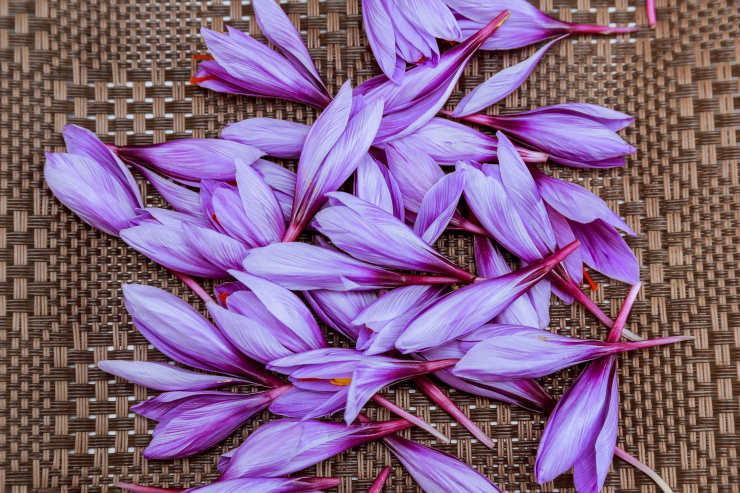
Briefly, the cultivation and care of this golden plant, whose financial value and its benefits are uncountable, is quite simple. As with every grower and plant, the most important factor is always patience. As a result, although it is easily grown, this plant does not yield easily and much. This is why it is among the most valuable spices on the market. However, anyone can easily reach the specified resources and information on how to grow saffron and apply them.
You may also be interested in:

